
Grassland Habitats – Yukon Wildlife Preserve
The Yukon Wildlife Preserve features eleven iconic northern animal species, but if you look closely at each of the three primary habitats on the Preserve you’ll see many more species than “only” eleven. The three primary habitats include: grasslands, wetlands and mountain slopes. Each of these habitat types support animal and plant species that have evolved together over millions of years resulting in communities where they all make a living and contribute different values to the continuing health of their specific habitat. In this three-part series we’ll review each habitat and examine the greater community it represents, beginning with grasslands.
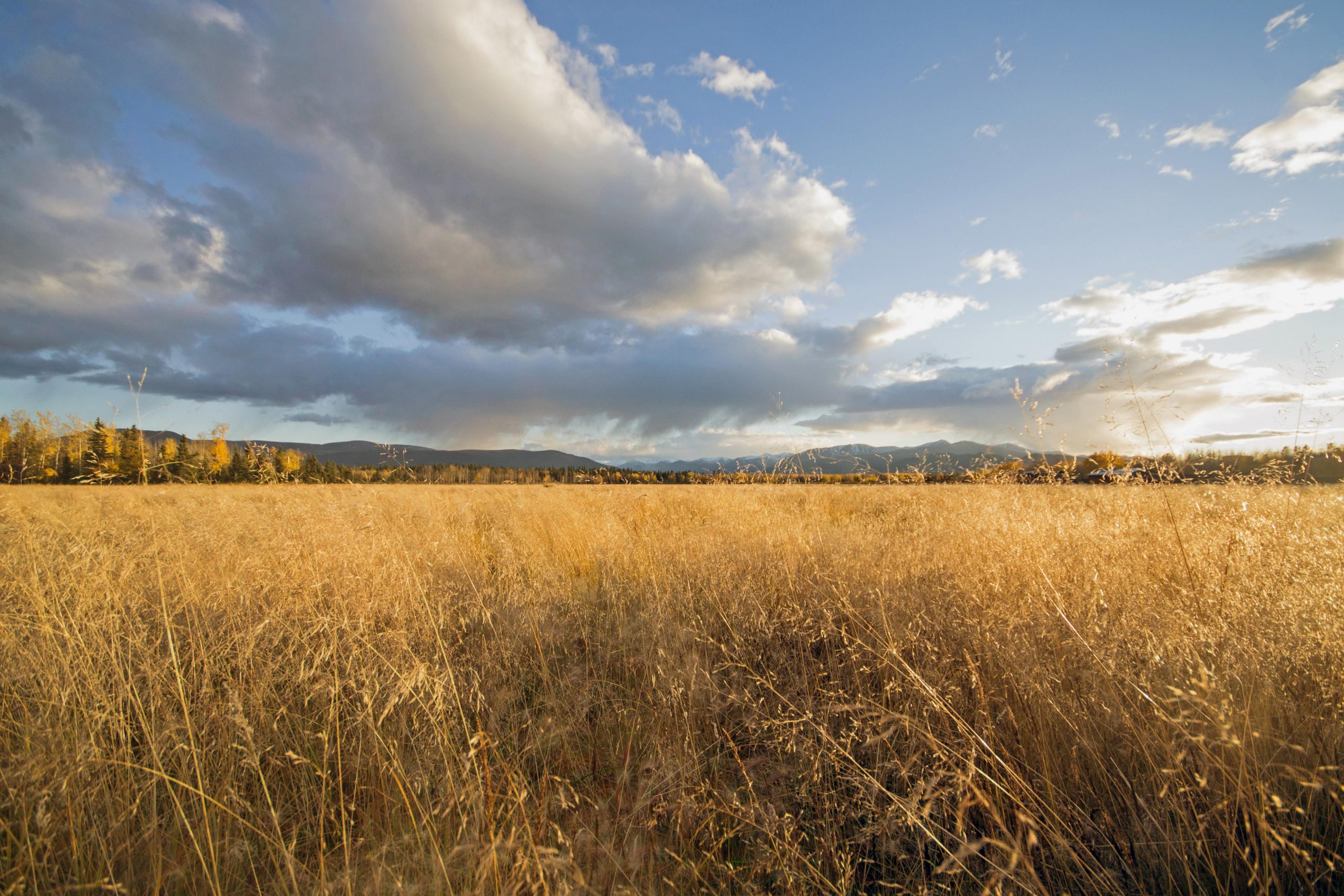
Grasslands can be naturally created following wildfires and floods from many years, decades, and centuries before, it’s been going on for millions of years really. Glacier movements have also created vast grasslands as they scraped over the Earth’s surface removing forests and altering the landscape by creating valleys and water drainage systems that are now vital components of the local habitat.
Here at the Preserve we have animals that are considered grazers that eat the grassland vegetation commonly made up of wild grasses, primitive grains, fungi and other plants that grow within their habitat. The featured species in the habitat are sometimes called megafauna and our grazing megafauna include Wood Bison, Musk Ox, Woodland Caribou, Elk, Mule Deer and even Thinhorn Mountain Sheep. Some of these species also eat the tender branch ends, buds and leaves of trees like willow, birch and aspen. These creatures are also called browsers as they wander through their habitat and consume the tips of the bushes and young trees they encounter. The resulting pruning of these trees and bushes by the animals contribute to greater health of the habitat vegetation by removing old growth and stimulating new shoots and buds. Their digestive waste (poop) adds nutrients back into the ground and frequently provides an ideal habitat for insects to thrive, and insects form the foundation of the food chain all creatures depend on.
As a point of reference, let’s focus on the Wood Bison (essentially a wild cow), their grassland habitat and all that lives there. Bison are another force of change on the landscape and have played a significant role in altering the landscape from transforming forest to grasslands and altering the vegetation of the grasslands. Bison often rub against trees to satisfy an itch on their bodies. If you look closely at the trees that are still standing in the Bison habitat at the Preserve, you’ll notice the bottom six to eight feet of bark has been rubbed off the tree. This prevents the flow of sap in the tree which will soon die due to a lack of nourishment, the Bison keep rubbing on the tree and soon they will have caused it to fall flat on the ground where it will rot. The Bison also eat any saplings that may start from the seeds of the once standing tree preventing new tree growth from beginning in the area. Over time, many thousands of Bison have had a tremendous influence on the land transformation on the continent and contributed greatly to the creation of the prairie regions of central North America.
The stars of the show – the megafauna – are the bison of course, but there are many other creatures that are equally impressive when you get down and have a closer look, or look high into the treetops. The Arctic Ground Squirrels, commonly called gophers, are easy to see and hear as they whistle and chirp, fulfilling their jobs as the alarm system for the area they live in. They warn against predators mainly because Arctic Ground Squirrels are a preferred food for many carnivores, or meat eaters, who live on or visit the Preserve.
Eagles, hawks and owls can often be seen seasonally watching the ground from a high vantage point or flying lazy circles high above. Foxes and lynx like to eat ground squirrels too, so these prey animals are always on the lookout for danger and whistle loudly and scurry back to their burrows to evade what might be coming towards them.
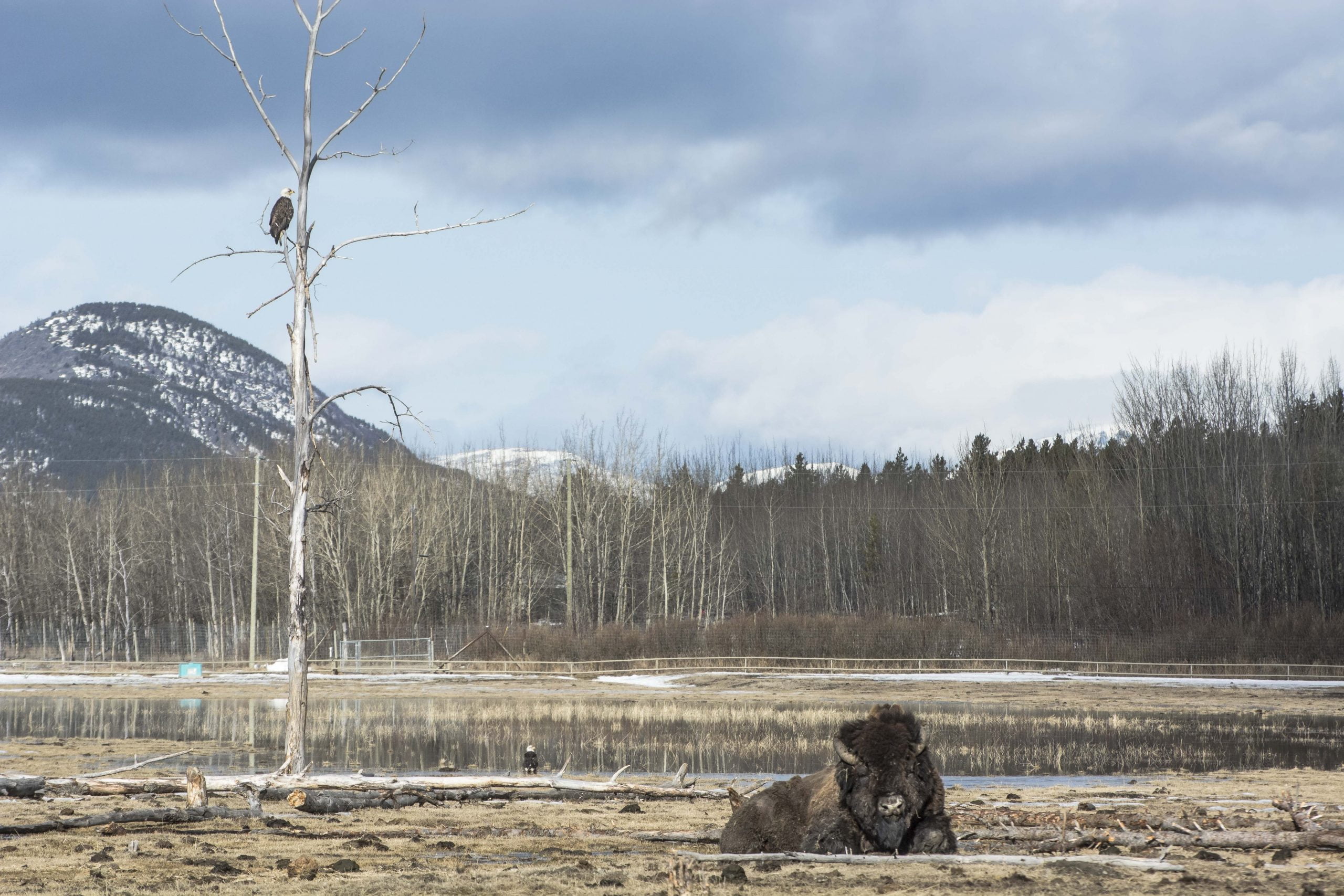
Bald Eagles watch from high and low for prey animals – including Arctic Ground Squirrels who come out of hibernation in early spring. In grassland habitats we can see the megafauna such as bison and deer, as well as the life cycles of smaller animals like the ground squirrel, who are quite vocal in their response to predators.
Ground squirrels contribute to the health of the habitat as a primary source of protein for other creatures that live there, but ground squirrels have a further contribution to the health of the habitat – by digging burrows which allow water, oxygen, nitrogen and carbon dioxide under the surface to help fertilize the ground so that vegetation grows well. Of course, numerous other creatures take advantage of the burrows dug by the ground squirrels. Mice of different varieties, voles, short-tailed weasels and an assortment of insects also like to seek shelter and make nests in these burrows.
In the spring when there is an abundance of melt-water, and before it gets too hot and dries out the puddles, look along the ditches next to the fences and if you have a sharp eye, you may find tiny Wood Frogs hopping among the wet grass and puddles. Some migratory song-birds feed on these frogs as do the foxes and weasels.
The song birds are another very visible occupant of the grassland habitats. Some eat the seeds of the wild grasses and the Alfalfa hay we feed to supplement the bison’s diet. Other song birds eat from the huge selection of insects. Special mention should be given to the small population of Little Brown Bats1Canadian Wildlife Federation that migrate here for their summer vacation to eat voluminous amounts of mosquitos from each of the habitats; we are grateful for their contributions to pest control at the Preserve.
When the seasonal cold weather comes, the grasslands change. Most grasses stop growing and go to seed in the late summer to early fall and many of the seed eating migratory birds begin their trip back to the south when this vital energy source becomes available. The end of summer triggers a number of changes for both the landscape and the animals that live on it. Some species will migrate south to warmer climates while others will begin their preparations to live through a Yukon winter. Some mice and voles gather winter food caches and will store these in holes they dig or in middens they make from long grass once there is some snow on the ground. In short, they adapt to live in colder conditions when there is much less food available, so they gather food when it is in abundance and store it for their needs over the winter months.

Arctic Ground Squirrel gathering dried grasses. Some animals, such as rodents, gather food when it is in abundance and store it for their needs over the winter, or early spring, months.
A midden is a temporary shelter rodents make out of long grasses and moss and looks like a ball of grass or a bird nest with a closed top – just a small hole to enter and exit. Ground squirrels gather and store food as well but for the springtime when they emerge from hibernation and nothing is growing yet. Arctic Ground Squirrels are among the first species to begin hibernation and start sometime in mid to late September depending on the weather conditions. The gender of a ground squirrel will also dictate hibernating times with females entering hibernation earlier in the fall, as well as emerging later in the spring, than males. During hibernation, they do not wake up to eat. They are usually the first creatures to emerge from hibernation in the spring as the snow melts away.
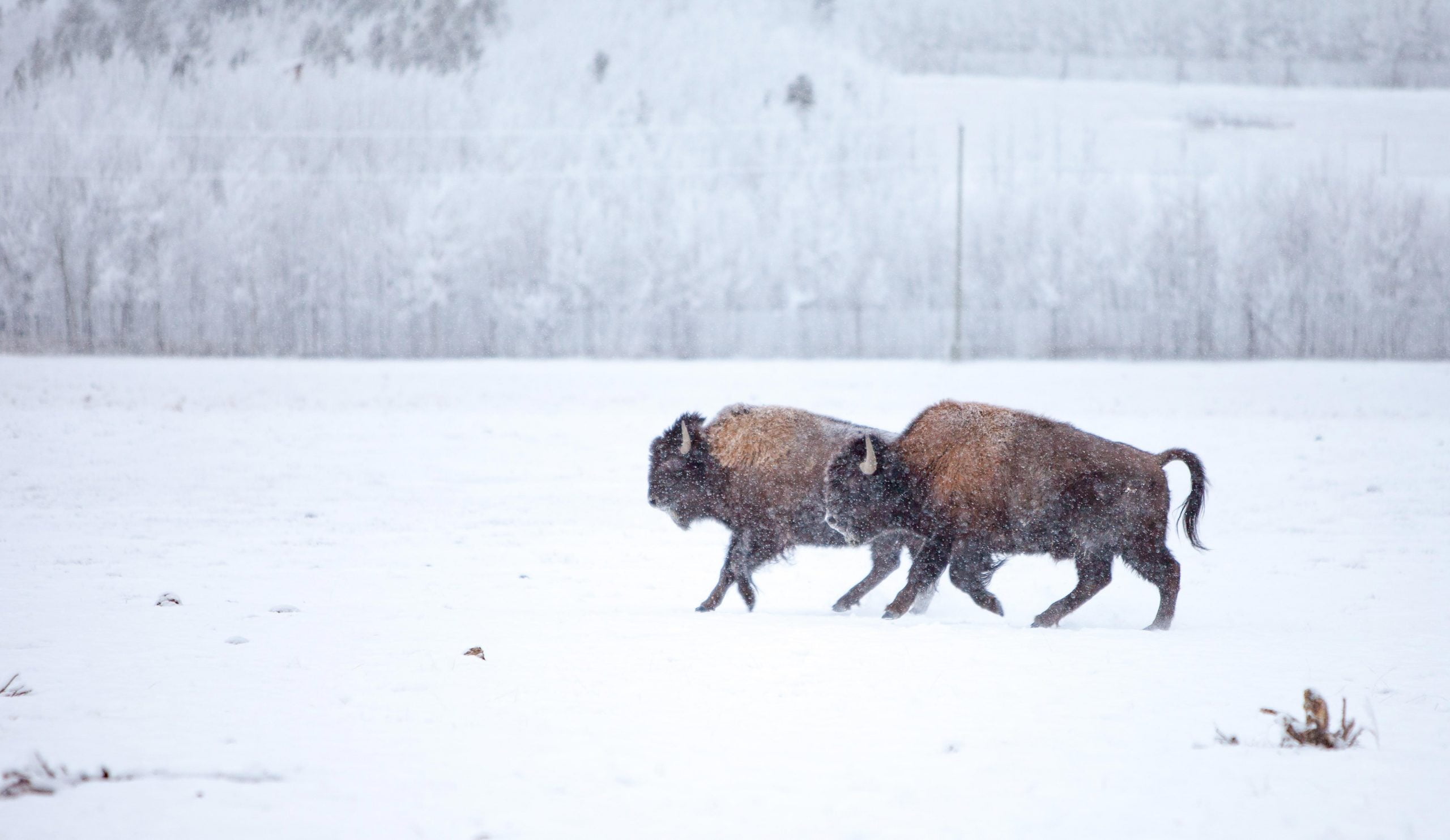
When the snow begins to cover the hard frozen ground, it looks like it’s only the megafauna and a few ravens that are living here, but beneath the snow is the winter community of tunnels and middens that some rodent populations build and use to move about seeking food, reproducing and visiting with friends. Others, like the Arctic Ground Squirrel, hibernate through the long, cold winter.
Foxes and owls are famous for their winter hunting abilities. They listen for rodents moving under the snow and can capture them with remarkable accuracy. Owls catch the mouse in its talons after listening from a distance and determining where the small creature is when those sharp talons pierce the snow and hold the mouse firm. Foxes can be seen listening while turning their heads from one direction to another in order to pin-point the location of the mouse ahead of them. With a high arching jump the fox pounces on the mouse through the snow. Not all attempts are successful and practice will improve results for young foxes to secure a meal.
But they will never run out of mice to practice on. Depending on the availability of food and when conditions are good, some momma mice can give birth to a litter of babies up to ten times per year and there can be from one to sixteen pups per litter. And the next generation will only need 6 to 8 weeks to reach reproductive maturity so they too can start having babies. Yup, that’s a lot of mice living in the grassland habitat.
Take the time to look beyond the megafauna and observe what else lives in the grasslands habitat, it’s wonderful how all the creatures work together without direction to maintain the places they live and thrive in. It’s their nature.

Doug Caldwell
Wildlife Interpreter
Doug is one of the Interpretive Wildlife Guides here at the Preserve. An avid angler and hunter he has a broad knowledge of Yukon’s wilderness and the creatures that live here. With a focus on the young visitors to the Preserve, Doug takes the extra time to help our guests to better appreciate the many wonders of the animal kingdom here in the Yukon.

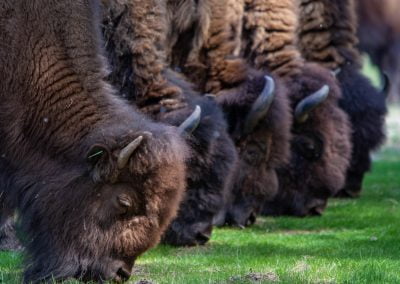
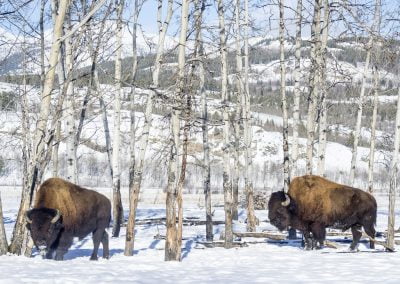
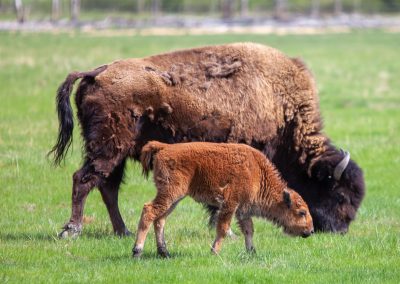
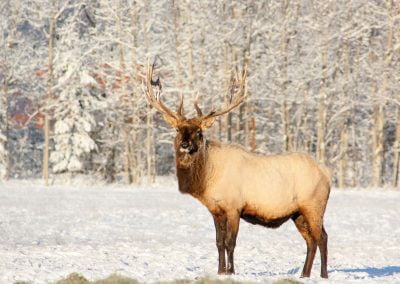
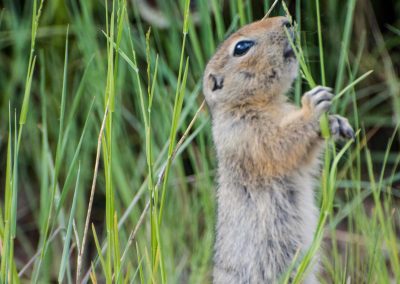
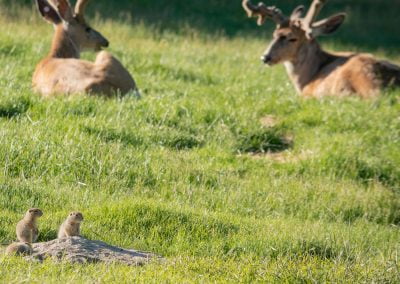
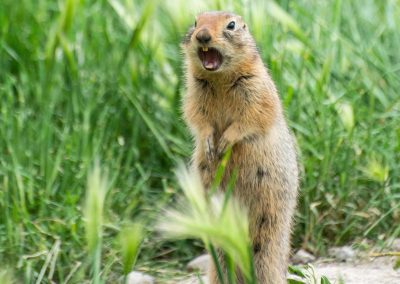
0 Comments